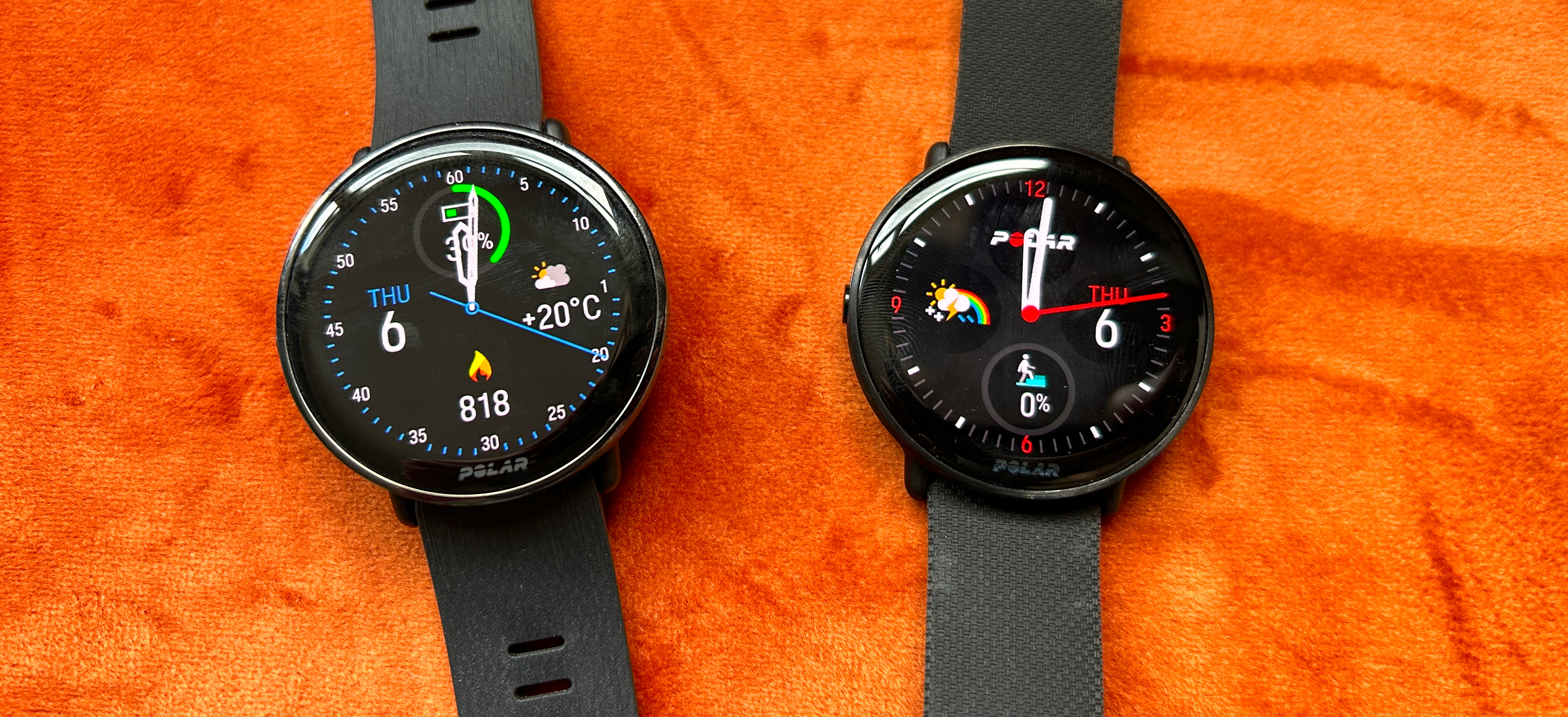Our Verdict
The Polar Ignite 3 is almost a terrific watch, with an attractive design and useful features for activity and sports tracking. However, it’s undermined by inaccurate GPS and laggy performance that often makes it frustrating to use.
For
- Attractive and lightweight design
- AMOLED screen
- Useful sleep tracking
Against
- Laggy software
- Poor GPS accuracy
- Short battery life
- Awful strap
You can trust Coach
This review was first published in January 2023, then updated in July 2023 after the release of the Polar Ignite 3 Titanium.
The Polar Ignite 3 is a big upgrade on the Polar Ignite 2, starting with the design. The new AMOLED screen is gorgeous, and the Ignite 3 looks like a more high-end watch in general. It also has under-the-hood improvements like dual-band GPS and a faster processor, plus a more intuitive user interface.
On paper the Ignite 3 looked like a fantastic watch, even with a price rise on the Ignite 2. However, in practice I have found it a frustrating watch to use. The software lags and the GPS accuracy during outdoor activities is very poor at times. For now there are certainly better options available elsewhere, whether you’re looking for one of the best fitness trackers or a fitness smartwatch.
Polar Ignite 3 Review: Price And Availability
The Polar Ignite 3 launched in November 2022 and costs $329.95 in the US and £289 in the UK. That’s a big rise on the $229.95/£199.50 price of the Ignite 2, but the Ignite 3 is a considerable upgrade on its predecessor.
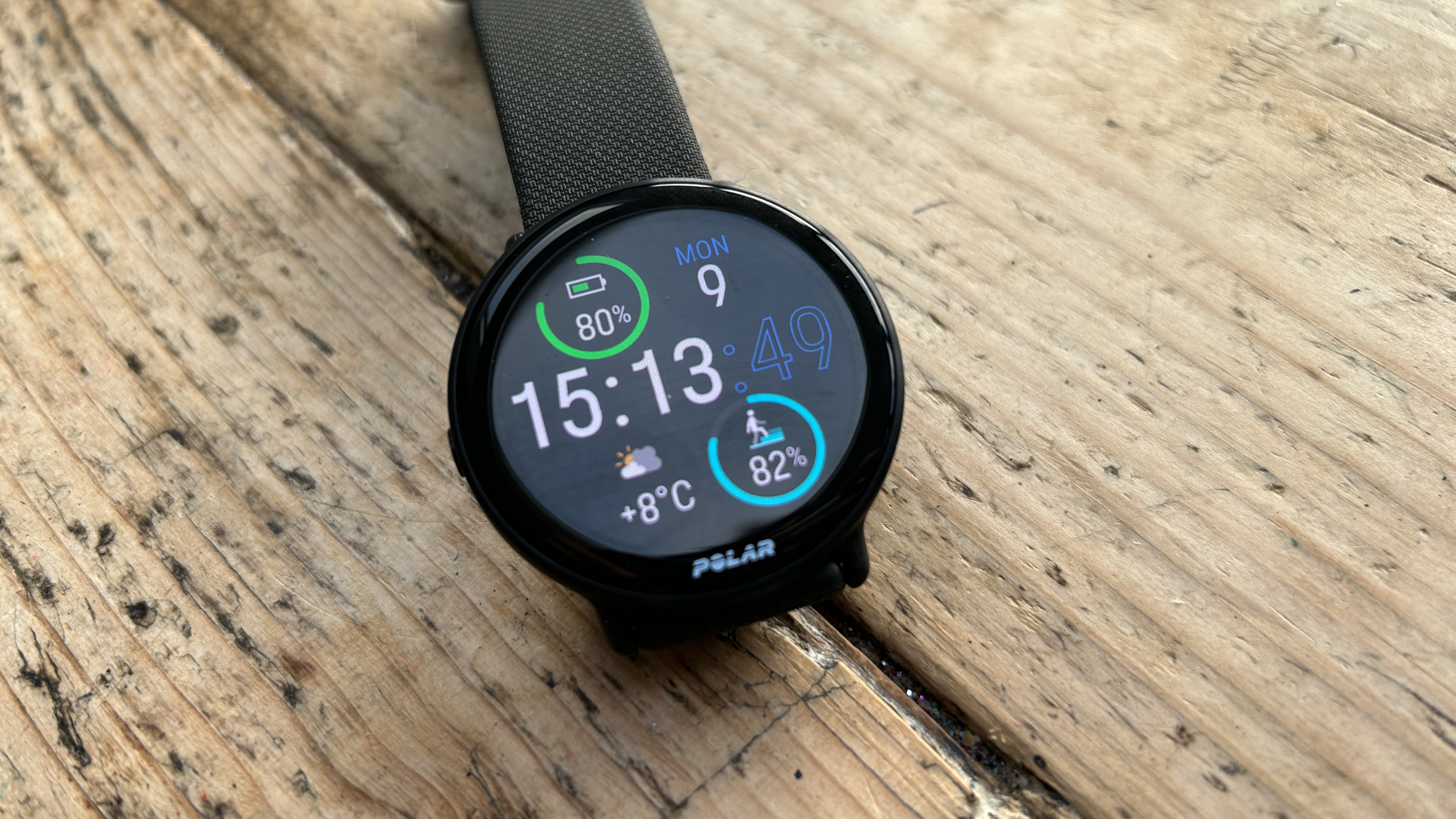
Design And User Interface
The Polar Ignite 3 looks fantastic. It is a very thin and light watch, with a 43mm case that’s 9.5mm thick and weighs just 21g (35g with the wristband). It’s a plastic case with a stainless steel bezel and a Gorilla glass screen. The new 1.28in AMOLED touchscreen is bright and much more impressive than the TFT colour touchscreen on the Ignite 2.
Polar has also improved the user interface. You can pick up to four widgets to have on the main watch face, and swipe through a variety of other widgets that provide pretty much all the info you want from the watch, including recent training load, sleep insights and smart features like the weather forecast.
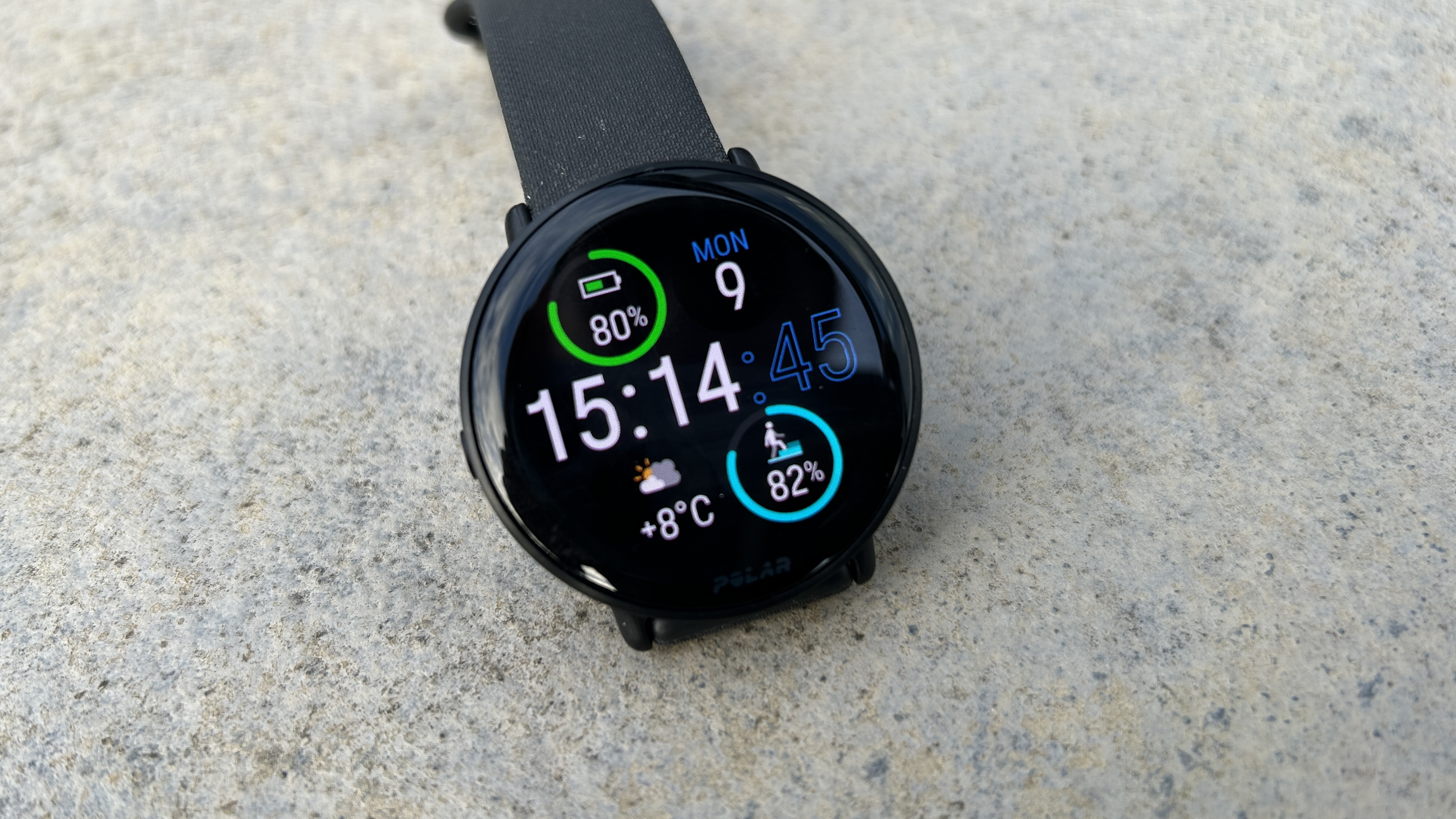
The Ignite 3 also has a faster processor than its predecessor, but unfortunately still suffers from bouts of lag when swiping through menus, and the raise-to-wake function isn’t as speedy or reliable as the same feature on Apple and Garmin watches. With just one button on the watch you are relying on the touchscreen to navigate its menus, and there is enough lag to often make interacting with the watch frustrating.
There is no altimeter in the Ignite 3, which has a WR30 water resistance rating, making it fine for swimming. A key upgrade on the watch is the dual-band GPS tracking it offers, which I’ll come to shortly.
While the design of the Ignite 3 watch is great, the silicone strap it comes with is horrible. It’s hard to get a tight fit without the strap tugging on your skin and arm hair. If you’re planning on getting the Ignite 3 I’d strongly recommend splashing out on a better band from Polar – there are plenty of options.
Activity And Sleep Tracking
The Ignite 3 offers all of Polar’s usual activity tracking, including steps, calories burned and active time, all of which contributes to an overall activity goal. You can choose three levels for this, with level one aimed at mostly sedentary people, level two for people who are on their feet most of the day, and level three aimed at the very sporty.
I’d say the three levels are judged pretty well, and even if you are active the level three goal will test you – as I write this I’m only at 82% of the goal today despite running 10K and taking around 10,000 steps already.
Polar’s sleep tracking has been among the best available from watches in recent years, and it only gets better with the Ignite 3. There is a lot of detail on your night’s rest broken down into six strands that cover things like length, continuity and depths, and the new SleepWise feature shows the boost you’ll get from your sleep throughout the day.
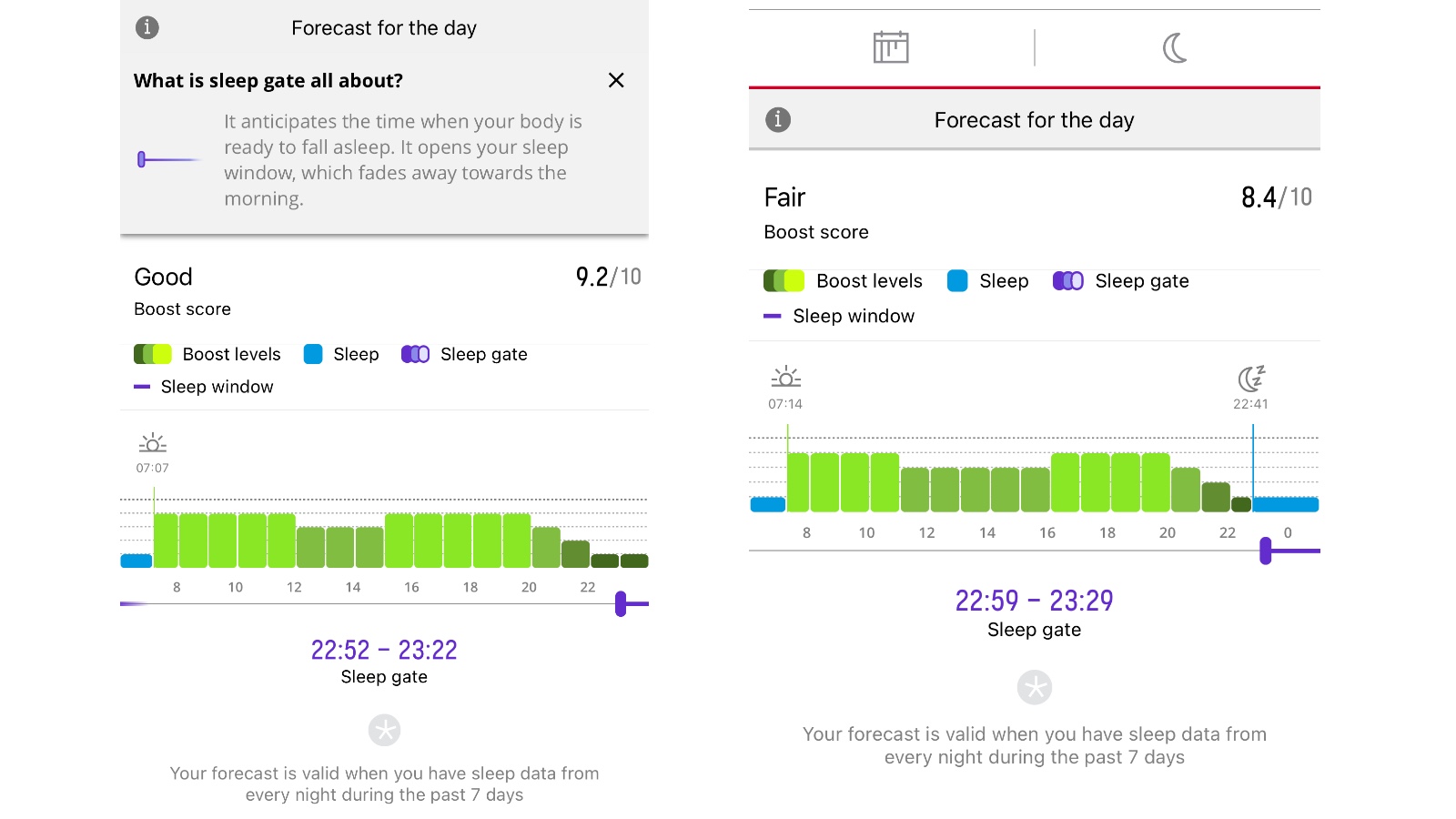
This shows your predicted alertness graphed over time and is tied to your body’s circadian rhythms, so you tend to get a long boost throughout the morning, a dip at lunch and another boost in the afternoon before alertness drops throughout the evening. You also are given a “Sleep Gate”, a suggested 30-minute window when you should aim to fall asleep that day.
It’s interesting stuff, though at the moment you see SleepWise only in the app, and it would be more useful to see your boost ratings on the watch. I’d also say that it’s a feature that might dip in usefulness over time, because the times when you’re more alert become pretty predictable. It’s handy to see your body rhythms graphed out so clearly, though, and the suggested Sleep Gate is also a good prompt to go to bed at the right time to get enough rest.
Sports Tracking
Although the Polar Ignite 3 is billed more as an activity tracker, it still offers sports tracking for more than 100 sports plus Polar’s cardio load training analysis. It’s also the first Polar watch to have dual-band GPS tracking, which is a little odd since this is a feature you’d expect to arrive on one of the company’s sportier watches like the Vantage or Grit ranges.
Dual-band GPS should mean more accurate distance and pace tracking during outdoor activities. However, this has not always proved the case when I’ve tested watches with it. Garmin, Apple and Amazfit’s dual-band GPS watches have been more accurate than traditional GPS devices, but this has not been the case for Coros and Huawei watches with it.
The Polar Ignite 3 is the least accurate dual-band GPS watch I have come across, and it’s less accurate than most single-band GPS watches too. On most runs it came up short compared with other watches, and on the GPS tracks it produced it’s easy to see why – the Ignite cuts corners and weaves around dramatically, straying far from the path I was actually running.
I probably spend too much of my life looking at GPS graphs, but I think the inaccuracy here will be noticeable to any keen runners and cyclists, and it undermines the Ignite 3 for anything more than casual sports tracking.
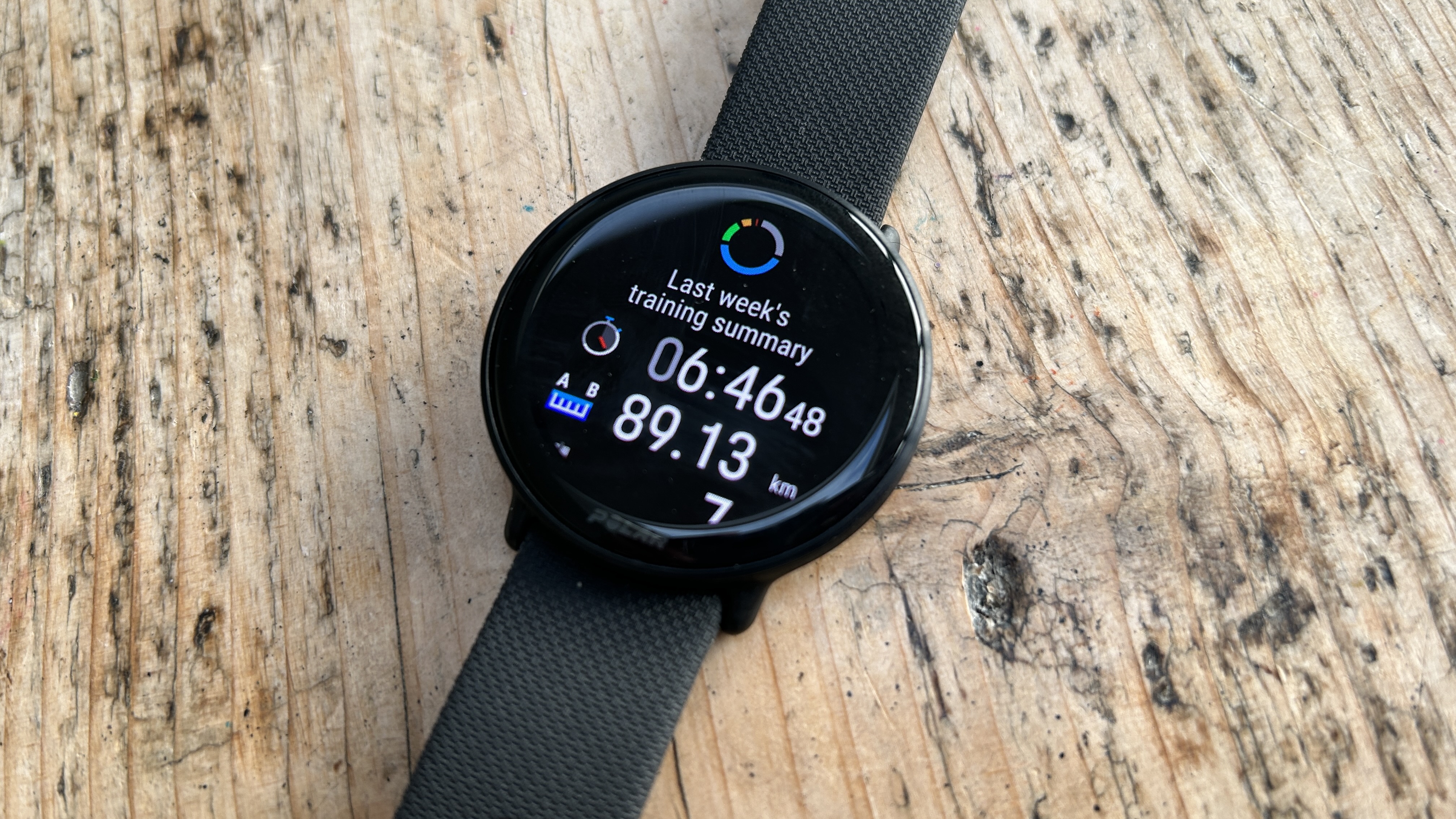
It’s also not possible to have the screen always-on during activities, and the raise-to-wake feature is not that reliable, so I often had to lift my wrist a couple of times or press the button to see my stats on the move. When on, the screen is nice and bright in all conditions though.
One little feature I do like is that you can slap the screen to take a lap during activities, which is a neat way to get around the fact there is only one button on the watch. The slap worked reliably well for me in recording a lap, though it does look a bit odd when you’re jogging around busy streets.
Unlike the GPS accuracy, the heart rate tracking on the Ignite 3 was mostly very accurate when compared with a chest strap during runs, strength sessions and yoga. It still had the odd hiccup, however, and if you were planning on using the training load analysis on the watch I would be tempted to pair a chest strap to get the best results. Our selection of the best heart rate monitors will bring you up to speed on your options.
Battery Life
Given that the Ignite 3 has a bright AMOLED display and a small case, I expected the battery life to take a hit, but even so I was disappointed by how long it lasted when the screen was set to always-on. I had to charge it every day and a half, even more frequently than the Apple Watch Ultra I was using at the same time. I ended up abandoning the always-on screen feature, and even then I found it only lasted three to four days on a charge, not the five days Polar claims.
Polar lists the GPS battery life as 30 hours, with an option to extend it to 100 hours in a power-saving training mode. Based on my testing the watch would drain at a rate that would see it last more like 20-25 hours when tracking runs using the GPS.
Smart Features
Despite the smartwatch-style screen, the Ignite 3 doesn’t have a lot of smart features to call on. You do get notifications from your phone and a weather forecast, and you can also control music playback on a connected phone, but there’s no app store to call on or music storage, which you can get on smartwatches like the Garmin Venu 2 or Venu 2 Sq.
During activities you can also set up a “back to start” feature to help guide you home, but there isn’t any kind of more detailed navigation available on the watch, which you do get on Polar’s Pacer Pro and Vantage watches.
Is The Polar Ignite 3 Worth It?
The Polar Ignite 3 is a frustrating watch, both in the small annoyances that constantly crop up when using it and in how close it is to being a really great watch. Although the Garmin Venu 2 and Garmin Venu 2 Plus watches are more expensive on RRP, they are often in sales for around the Ignite 3’s price and despite being older they offer a better user experience. The software runs smoothly, the screens are just as impressive (and the battery life is longer with always-on activated), you get music storage, and the GPS tracking is more reliable too.
If you’re looking for good sports tracking in particular then I would definitely look elsewhere, either at one of the Garmin Forerunner range, Polar’s Pacer and Pacer Pro watches, or the Coros Pace 2.
The Fitbit Sense 2 is another option to consider at this price: it’s similar to the Ignite 3 in having great activity and sleep tracking and poor sports tracking. I do prefer the look of the Ignite 3, and it’s a better sports tracker despite the GPS troubles I had, while the Fitbit Sense 2 has more smart features – though the Google Pixel watch would be a better pick if that’s what you’re after from the Fitbit platform.
Polar Ignite 3 Titanium
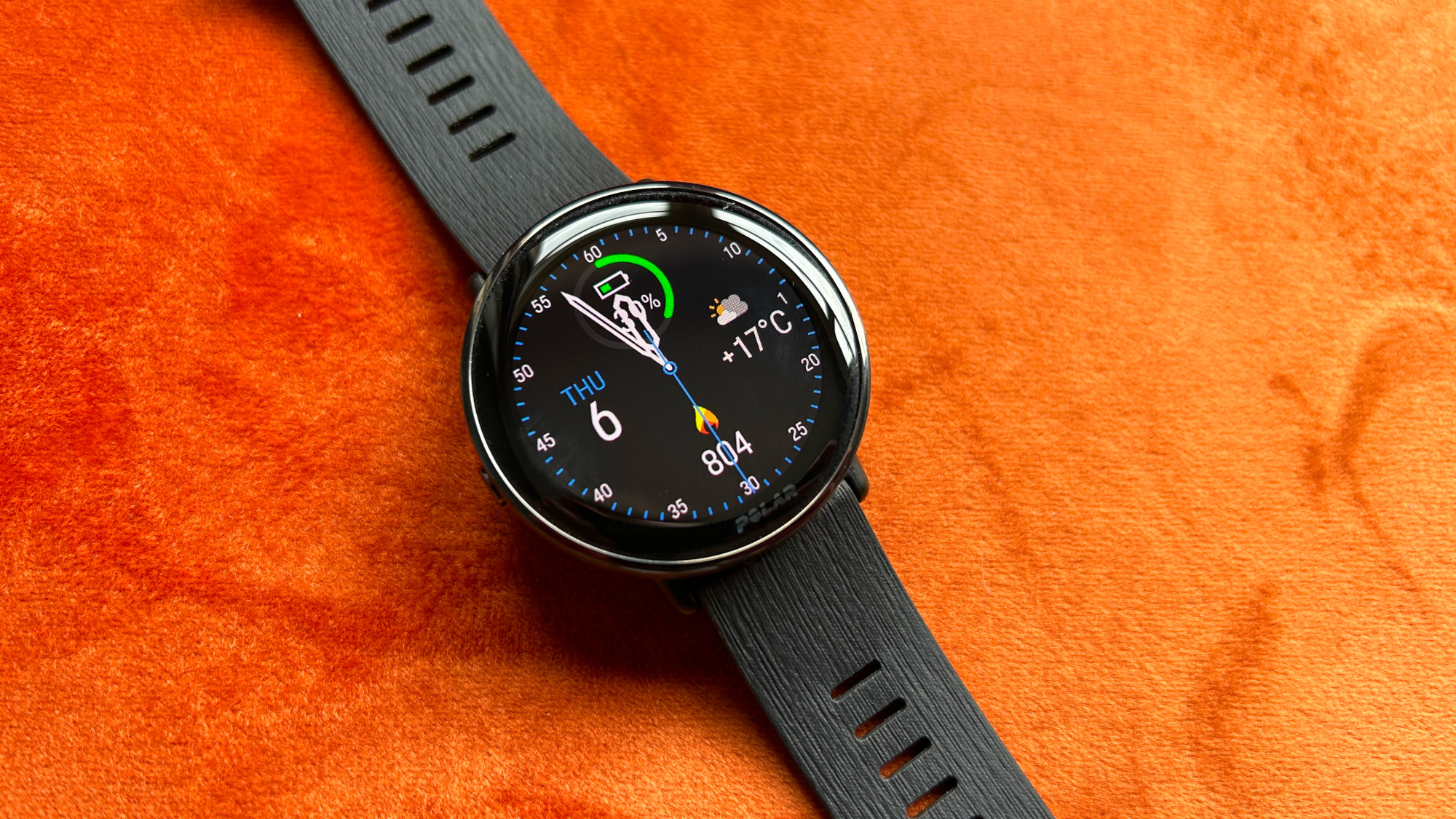
In June 2023 Polar released a new version of the Ignite 3 with a titanium bezel, which is hardier and even more stylish than the Ignite 3—and a little more expensive too, at $369.95 in the US and £324 in the UK.
The design is a clear upgrade, though my hope that the changes might result in more accurate GPS tracking has gone unfulfilled. The Ignite 3 Titanium is as poor on that front as the standard Ignite 3.
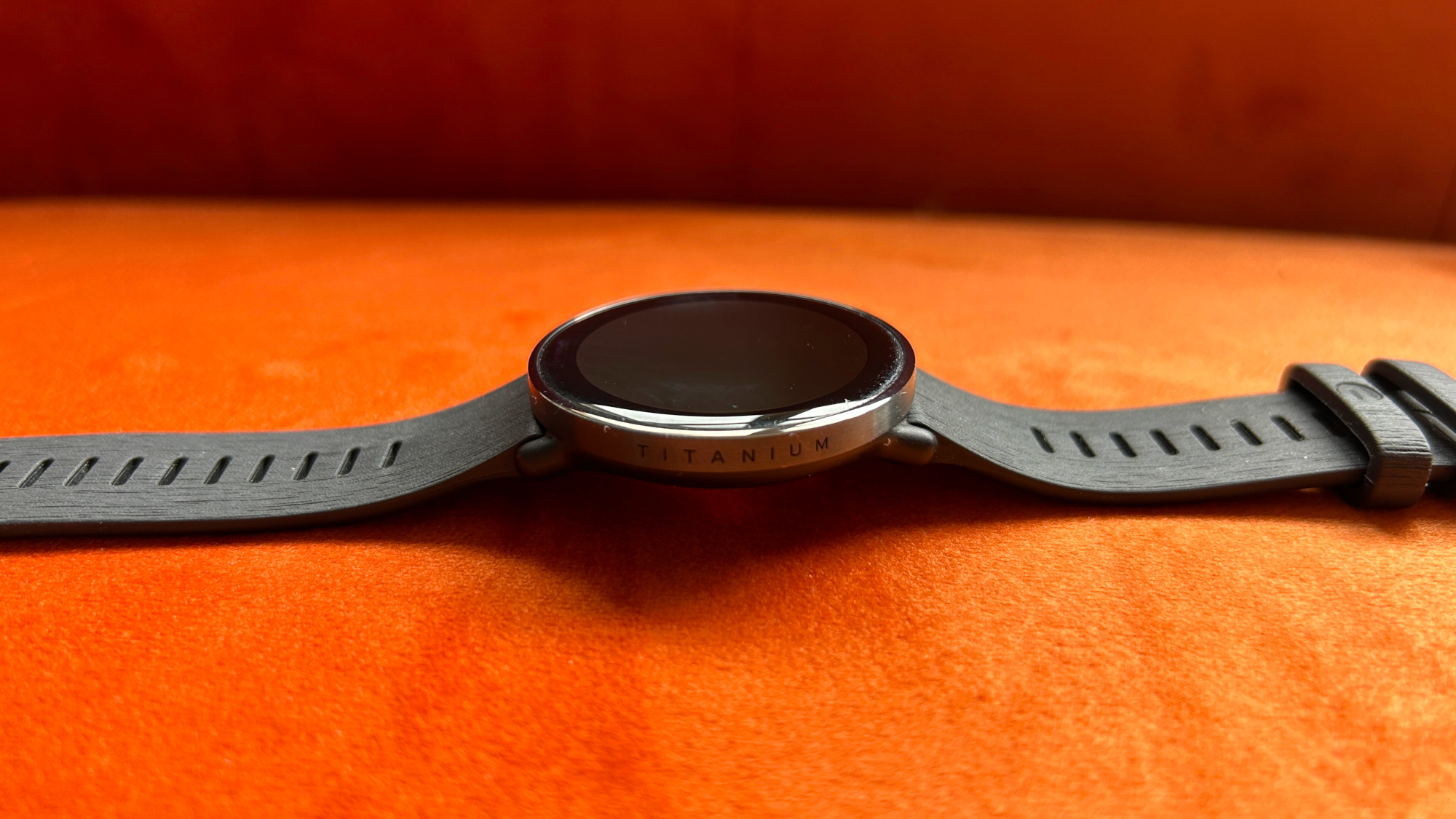
Two new software features have been introduced with the Ignite 3 Titanium, which have also been rolled back to the Ignite 3. The first is skin temperature monitoring: which the watch measures at night, letting you know in the morning if your temperature has deviated from your baseline.
I saw no notable deviations during my testing of the Ignite 3 Titanium, but skin temperature can be a useful indicator, and sometimes predictor, of illness. If you see a big increase from your norm, you can perhaps expect to feel ill soon (though it’s likely you will already and the rise is just extra data on the state of your body).
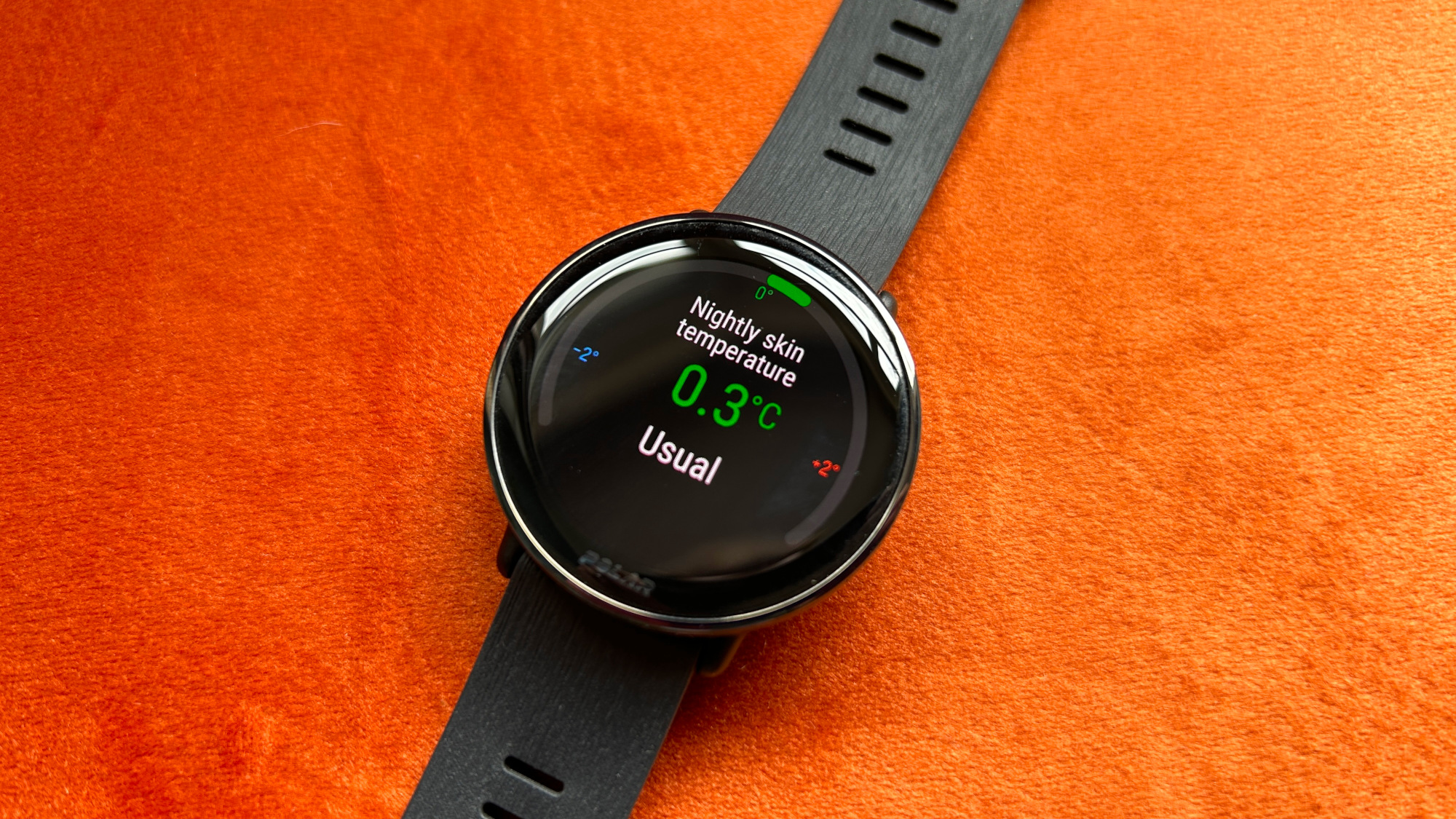
The main use of skin temperature is for women to track their health, since it can inform them where in the menstrual cycle they are. Polar doesn’t yet provide these features beyond the skin temperature one, though I expect women’s health tracking to become a more substantial aspect of Polar devices in the future.
The other new addition to the watch is a work-rest guide, which is useful during workouts to optimize your recovery time. This can be used with any sports profile, though Polar automatically adds it to various strength workouts, like HIIT and strength training.
When you activate the work-rest guide in a workout it shows a graph of your heart rate, telling you when to start working, recording your highest heart rate during a set, then tracking your rest and telling you to work again when a target recovery heart rate is reached.
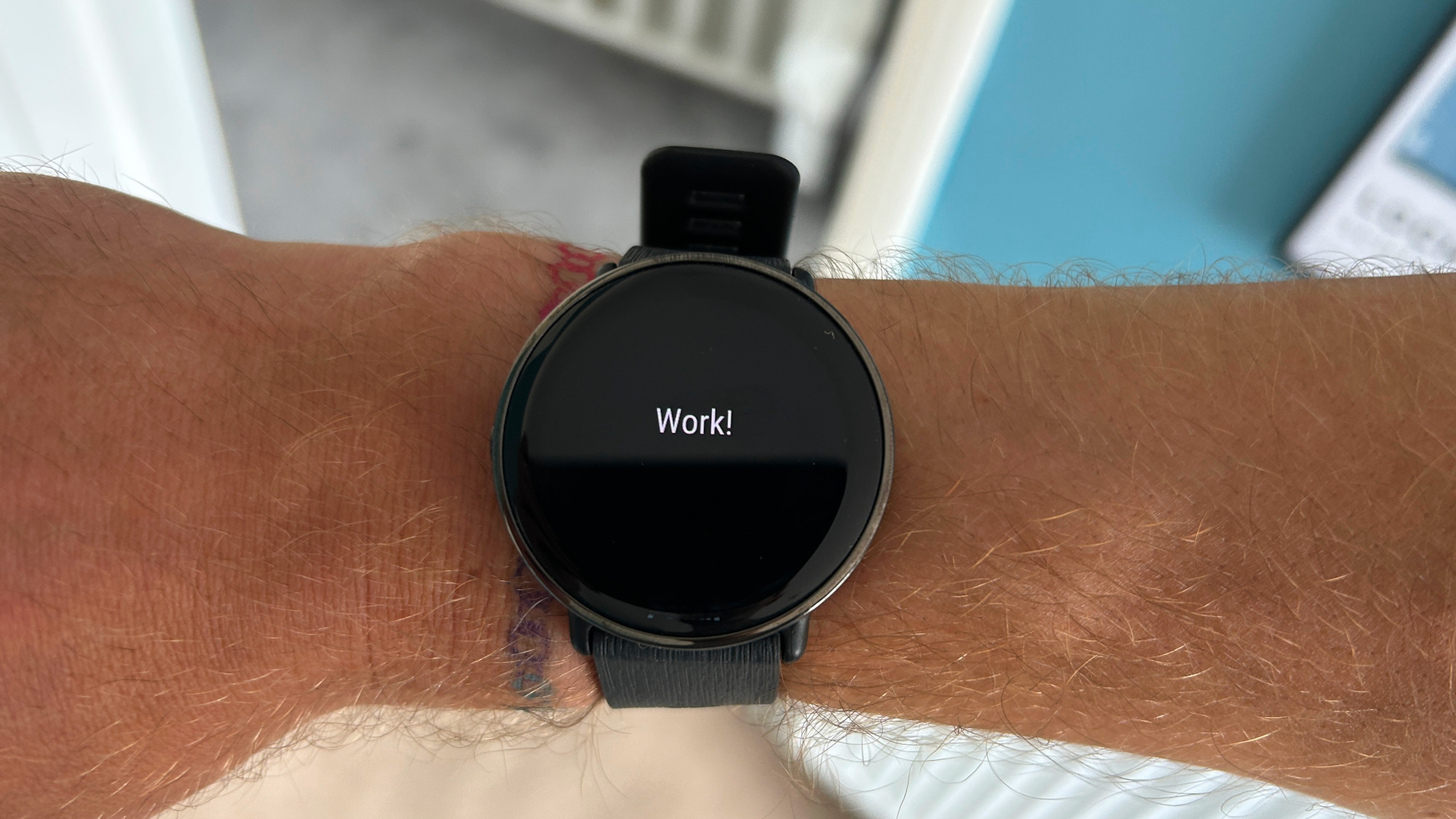
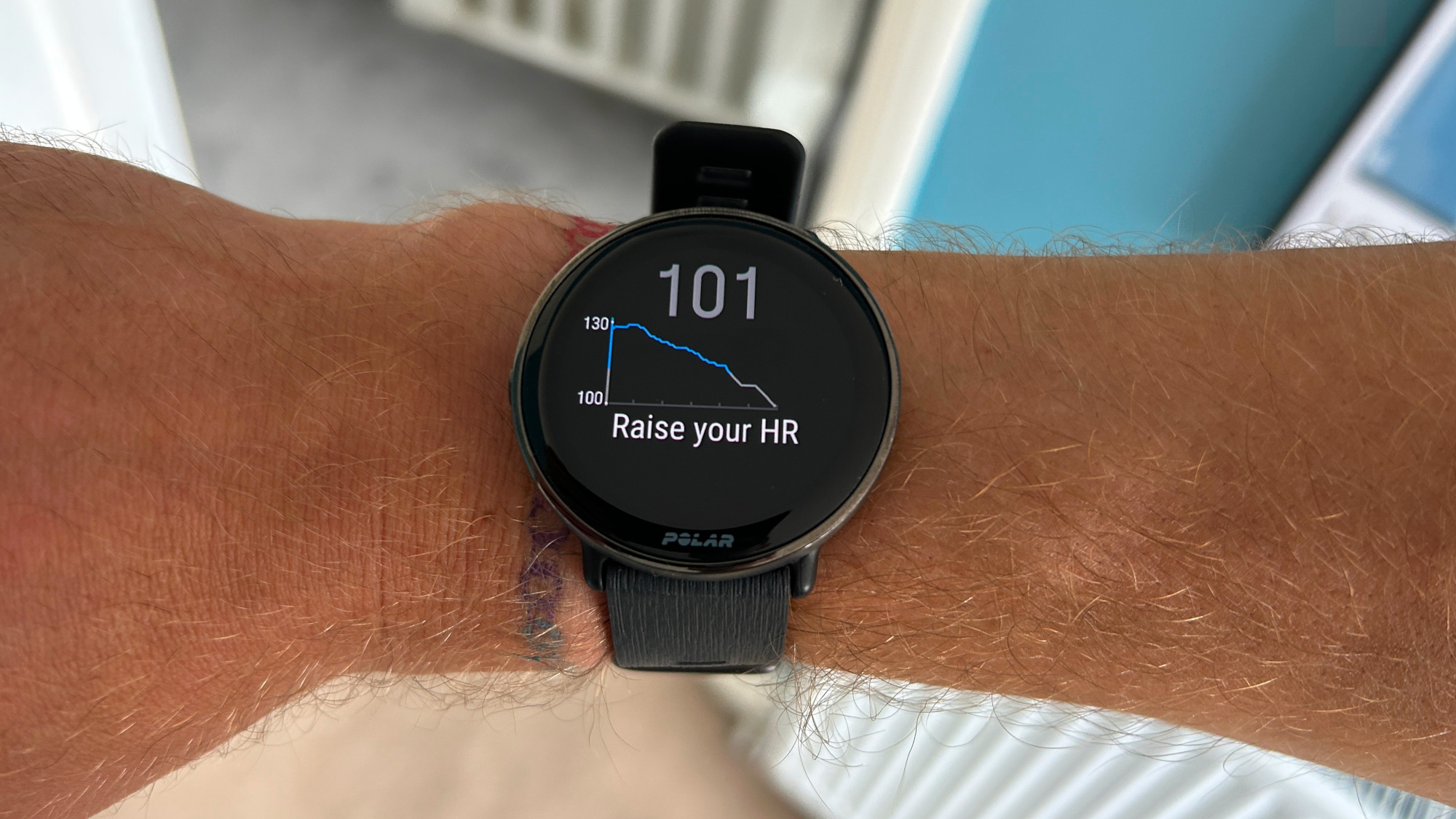
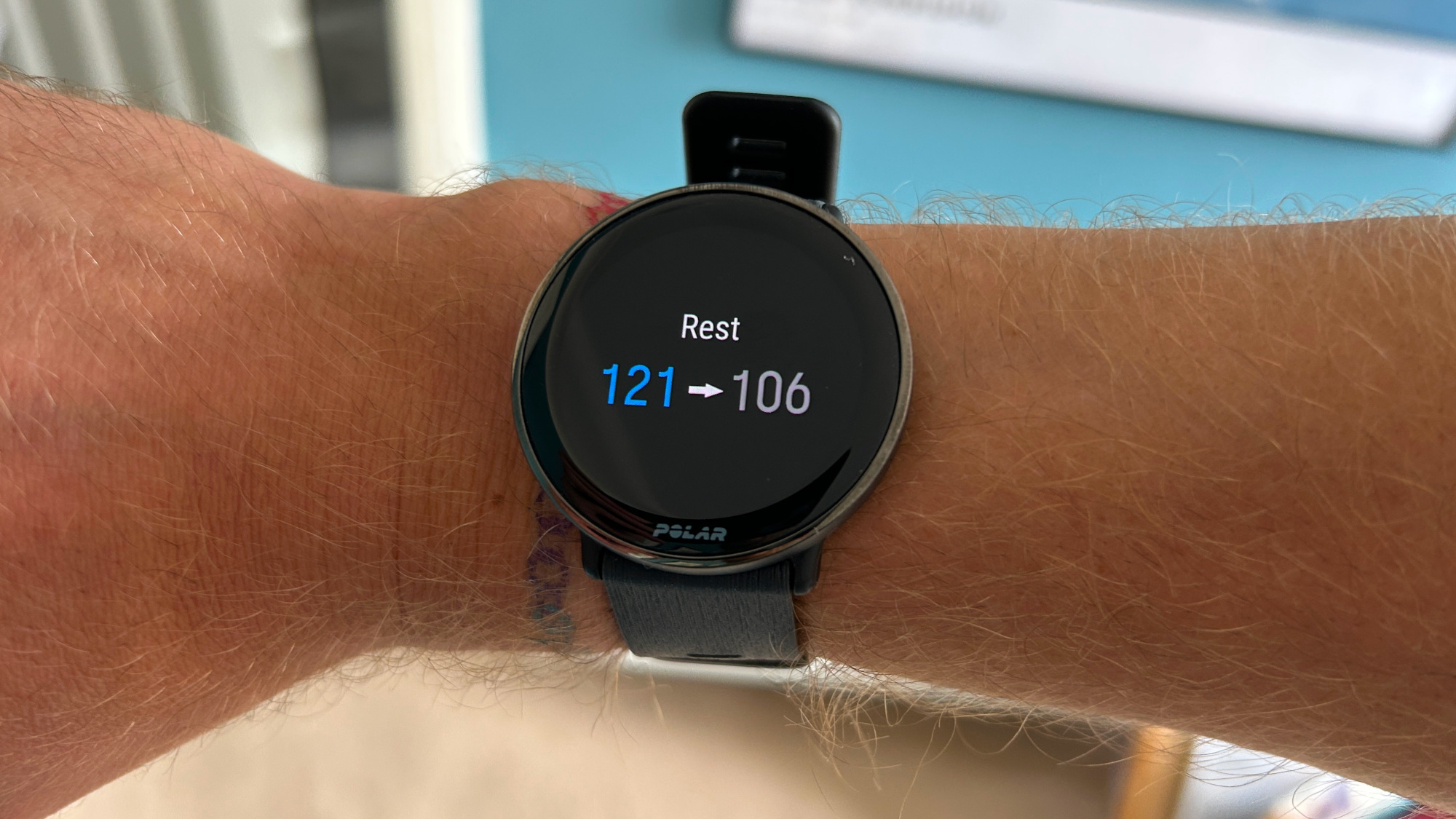
It’s an interesting idea, though you can’t customize the work-rest guide, and Polar suggests it’s mainly suitable for strength training where you’re trying to increase endurance and mass. It’s apparently not suitable for building power or explosive strength, though it can work for interval running where you work at a moderate intensity and then recover at an easy pace.
In its current form the main benefit of the work-rest guide is ensuring you recover enough between sets during strength workouts, and don’t then prolong your recovery longer than you need to. It’s smarter than just using set times for this, though you will need an external heart rate monitor linked to the watch so it can use accurate heart rate data, since the Ignite 3 and Ignite 3 Titanium are prone to errors on this front.
Hopefully, the work-rest guide will develop so you can customize it. You can create phased workouts on the watch with heart rate targets already, but having a timer set up to buzz at certain heart rates to guide recovery time would be useful.

Nick Harris-Fry is a journalist who has been covering health and fitness since 2015. Nick is an avid runner, covering 70-110km a week, which gives him ample opportunity to test a wide range of running shoes and running gear. He is also the chief tester for fitness trackers and running watches, treadmills and exercise bikes, and workout headphones.
